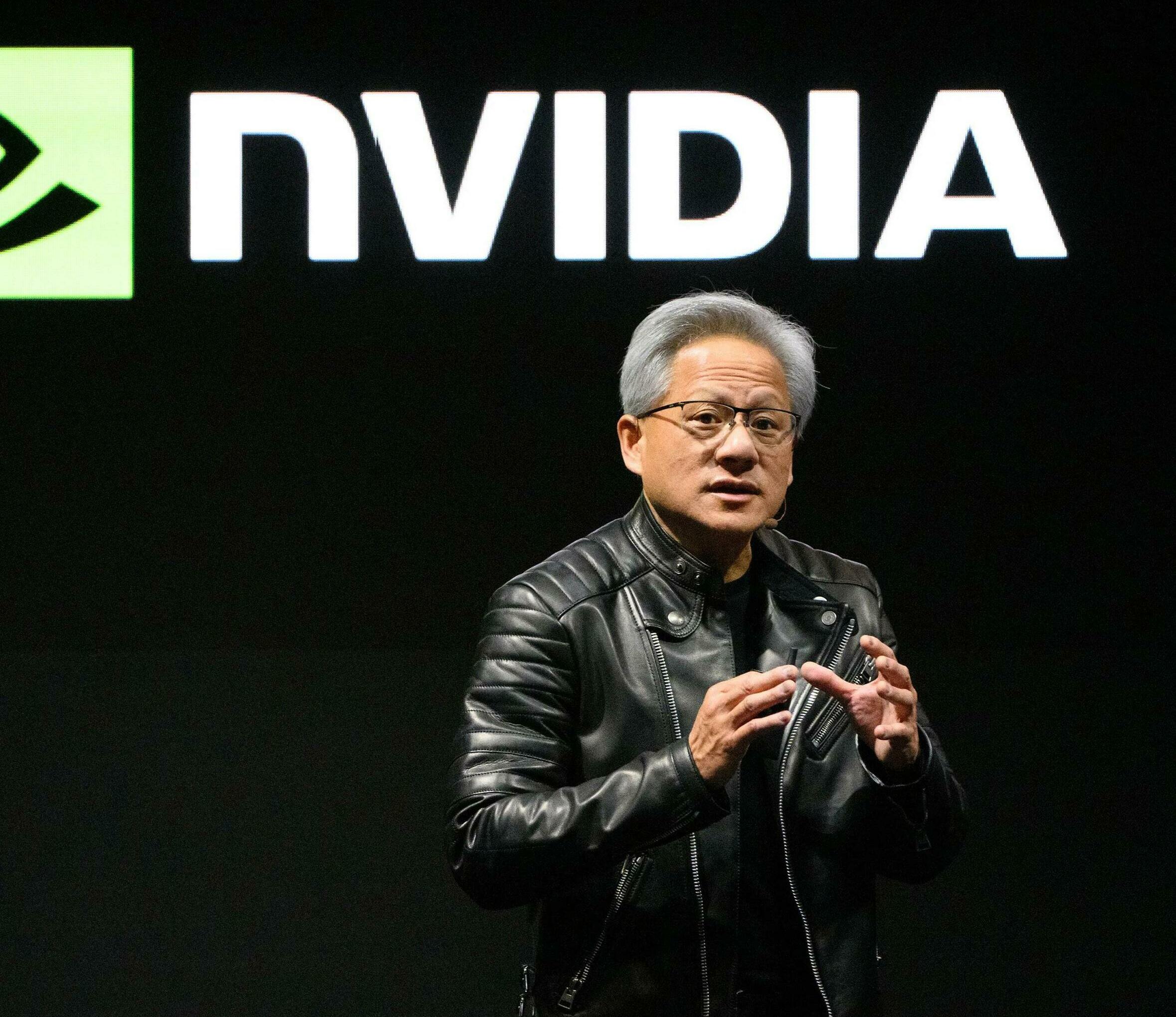The Blackwell Ultra builds on the already formidable Blackwell platform, while Vera Rubin introduces a next-generation GPU and a custom CPU, signaling Nvidia’s shift to a yearly cadence—a departure from its traditional twoyear cycle. CNBC reports these chips promise to turbocharge AI training and inference, cementing Nvidia’s dominance in a market hungry for smarter, faster solutions. From enterprise data centers to cutting-edge research, here’s how these chips fit into Nvidia’s legacy, what they bring to the table, and why their historic rise matters.
BLACKWELL ULTRA: POWER REFINED
The Blackwell Ultra isn’t a clean slate—it’s an evolution of the Blackwell architecture unveiled in March 2024, designed to squeeze even more from Nvidia’s AI playbook. Huang detailed a chip family that ramps up performance with 288GB of HBM4e memory—up from Blackwell’s 192GB—and a blistering 20 petaflops of FP4 precision, per TechCrunch. It’s built for reasoning models, the next frontier in AI where systems don’t just process but think through complex queries, delivering up to 25 times the token throughput of the Hopper H100, per The Verge.
image [https://cdn.magzter.com/1400077361/1742426961/articles/1B-L9E_Ew1742470366263/oS18baR7Z1742470520118.jpg]
This isn’t a solo act—Blackwell Ultra comes in flavors: the GB300 pairs two GPUs with an Nvidia Arm CPU, while the B300 flies solo, and rack-scale NVL72 systems pack 72 chips for 1.1 exaflops, per Tom’s Hardware. Networking gets a boost too, with 800Gbps Mellanox Spectrum-X800 switches tying it all together, ensuring data flows like water. For enterprises, it’s a lifeline—cloud giants like Microsoft and Amazon, already snapping up 1.8 million Blackwell chips in 2025 per NBC Los Angeles, get a tool to scale AI without breaking the bank.
Shipping kicks off in H2 2025, a tight window that underscores Nvidia’s urgency.
The magic? Efficiency. Huang told CNBC that Blackwell Ultra slashes costs and energy use— 20 times cheaper than Hopper for inference— making it a no-brainer for data centers facing power crunches. For users, it’s less about specs and more about impact—faster AI responses, from chatbots to simulations, without the wait. It’s Nvidia flexing its silicon muscle, refining a proven formula for a hungrier market.
image [https://cdn.magzter.com/1400077361/1742426961/articles/1B-L9E_Ew1742470366263/NF2_9CF9O1742470549677.jpg]
VERA RUBIN: A NEW ERA DAWNS
If Blackwell Ultra is a refinement, Vera Rubin is a revolution—named after the astronomer who unlocked dark matter’s secrets, it’s Nvidia’s next-gen GPU and CPU combo, set for H2 2026. Huang unveiled a platform with 50 petaflops of FP4 power—more than double Blackwell’s 20—paired with a custom Vera CPU, dubbed Olympus, boasting twice the speed of last year’s Grace Blackwell CPU, per TechCrunch. With 288GB of HBM4 memory and a dual-GPU design, it’s a beast built for the future.
The Rubin platform shifts gears—where Blackwell fused two dies into one GPU, Rubin calls each die a separate GPU, per The Verge. By 2027, Rubin Ultra quadruples that to four GPUs, hitting 100 petaflops in the NVL576 rack, with NVLink 7 at 3.6TB/s binding it tight. This isn’t incremental—Tom’s Hardware notes Rubin’s 3nm TSMC process and HBM4 stacks signal a leap in bandwidth and efficiency, tailored for trillion-parameter models. For researchers, it’s a dream—multimodal AI, reasoning engines, and simulations that once took months now crunch in weeks.
Vera’s CPU twist is key—Nvidia’s first custom Arm design, Olympus ditches off-the-shelf cores for tailored speed, per ZDNet. It’s a nod to Qualcomm’s playbook—custom equals control, unlocking performance that generic Arm can’t touch. For users, it’s a promise: AI that thinks faster, from autonomous systems to real-time analytics, all while sipping less power—600 kW per rack, per X posts from PPLXfinance.
DEMAND DRIVING THE ENGINE
Why now? AI’s appetite is insatiable—Statista pegs the market at $826 billion by 2030, with data centers gobbling chips to train models like DeepSeek’s R1, which shook Nvidia’s stock in January 2025, per NBC Los Angeles. Huang flipped the script at GTC—reasoning AI, needing more compute, not less, fuels demand, per TechCrunch. X posts from TRADEsterJJ echo this—Nvidia’s $11 billion Blackwell haul in Q1 2025 shows no slowdown, with a 20,000-job backlog at one firm alone, per Reddit’s r/stocks.
image [https://cdn.magzter.com/1400077361/1742426961/articles/1B-L9E_Ew1742470366263/r6_WBLZmd1742470732323.jpg]
Cloud titans—Microsoft, Google, ...


